Home>diy>Planning & Engineering>What Education Is Required To Be A Landscape Architect
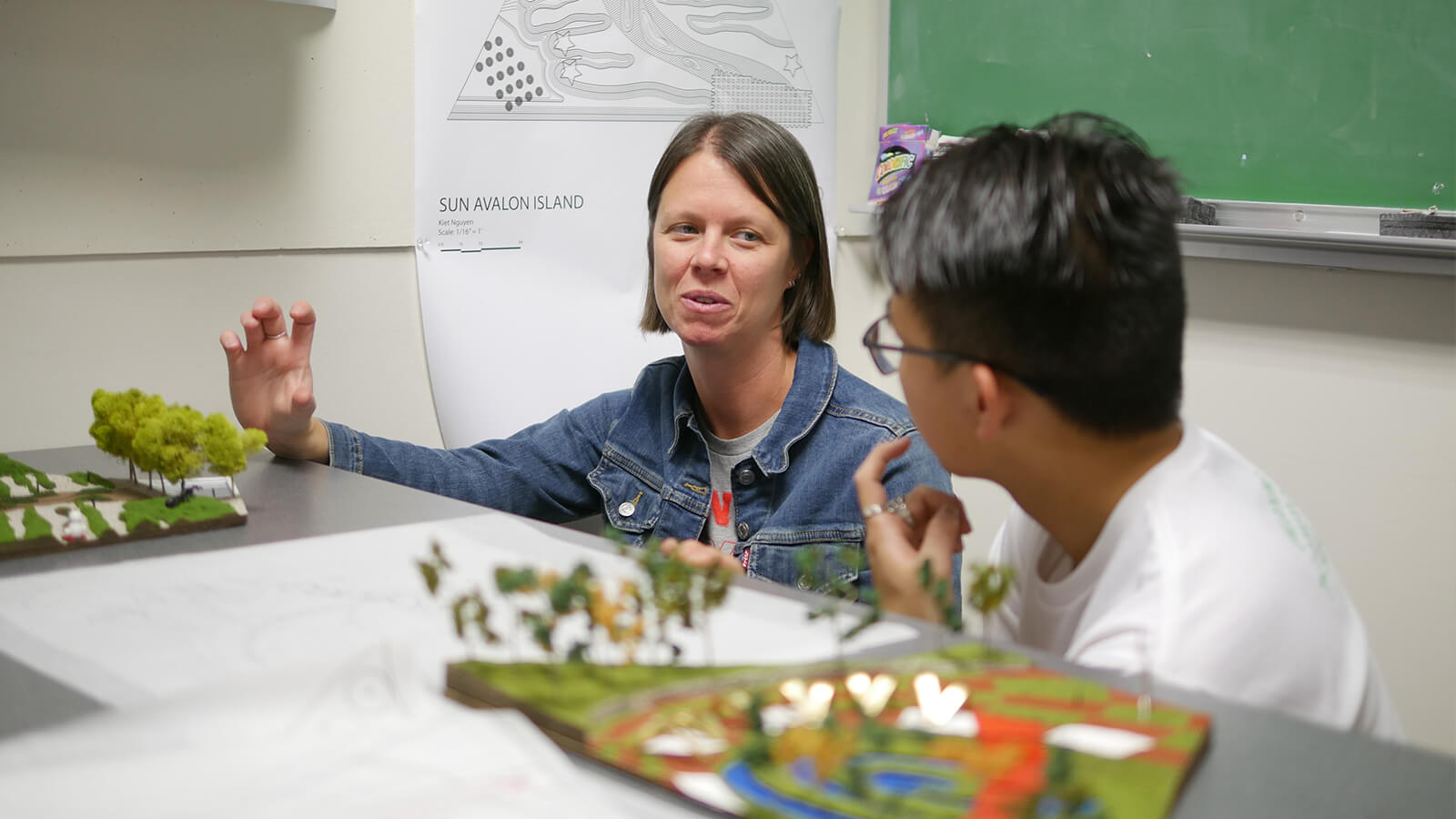

Planning & Engineering
What Education Is Required To Be A Landscape Architect
Modified: January 9, 2024
Learn about the educational requirements for becoming a landscape architect, including planning and engineering courses. Start your journey towards a rewarding career in this field today.
(Many of the links in this article redirect to a specific reviewed product. Your purchase of these products through affiliate links helps to generate commission for Storables.com, at no extra cost. Learn more)
Introduction
Landscape architecture is a fascinating and multidisciplinary field that combines elements of art, design, ecology, and engineering to create aesthetically pleasing and functional outdoor spaces. From designing beautiful parks and gardens to planning sustainable urban landscapes, landscape architects play a vital role in shaping our built environment.
If you have ever marveled at a stunningly designed public plaza or enjoyed a peaceful retreat in a meticulously landscaped garden, you have witnessed the impact of a landscape architect’s work. But what does it take to become a landscape architect? What education is required to embark on this fulfilling career path?
In this article, we will delve into the educational requirements for landscape architects and explore the journey to becoming a qualified professional in this field.
Key Takeaways:
- Becoming a landscape architect requires a bachelor’s degree in landscape architecture from an accredited program, practical experience through internships, and ongoing professional development to stay current with industry trends and advancements.
- Licensure and certifications are crucial for landscape architects, demonstrating their competence and specialized expertise. Continuing education is essential for staying competitive and expanding knowledge in diverse areas of landscape architecture.
Landscape Architecture as a Profession
Landscape architecture is more than just designing gardens or arranging plantings. It is a profession that encompasses the design, planning, and management of outdoor spaces, both natural and built. Landscape architects work on a wide range of projects, including parks, residential developments, commercial sites, urban rejuvenation projects, and more.
The role of a landscape architect is to create spaces that are not only aesthetically pleasing but also functional, sustainable, and in harmony with the surrounding environment. They consider factors such as site topography, climate, cultural context, and client needs to develop comprehensive design solutions.
One of the key aspects of landscape architecture is the integration of the natural and built environment. With a deep understanding of ecological systems, landscape architects strive to create projects that enhance biodiversity, conserve natural resources, and promote environmental sustainability.
Moreover, landscape architecture involves collaborating with various professionals, such as architects, engineers, urban planners, and contractors, to ensure the successful implementation of projects. Landscape architects play a crucial role in coordinating these multidisciplinary teams and overseeing the construction process to bring their vision to life.
The work of landscape architects extends beyond the design phase. They often engage in ongoing maintenance and management of landscapes to ensure their long-term viability. This can include tasks such as monitoring plant health, managing irrigation systems, and implementing strategies for sustainable landscape management.
In summary, landscape architecture is a dynamic and diverse profession that combines elements of art, science, and practicality. It requires a deep appreciation for nature, a creative mindset, and a strong technical proficiency to develop innovative and sustainable outdoor spaces.
Educational Requirements for Landscape Architects
Becoming a landscape architect requires a solid educational foundation to build the necessary skills and knowledge in design, ecology, horticulture, and engineering. This typically involves earning a bachelor’s degree in landscape architecture.
Most accredited landscape architecture programs offer a comprehensive curriculum that balances art and design courses with technical and scientific subjects. These programs provide students with the opportunity to develop both their creative and analytical abilities, preparing them for the diverse challenges of the profession.
The educational requirements for landscape architects may vary depending on the country or region. In some cases, a bachelor’s degree may be sufficient to begin a career in the field. However, in many countries, including the United States, Canada, and most of Europe, licensure as a landscape architect requires additional education and practical experience beyond the bachelor’s level.
It is important to note that prospective landscape architects should pursue their education at accredited programs. These programs meet specific educational standards set by professional organizations, ensuring that graduates receive a high-quality education and are well-prepared for the profession.
While a bachelor’s degree provides the foundational knowledge needed for a career in landscape architecture, it is common for professionals in this field to pursue advanced education or specialized training to further enhance their expertise. This may include pursuing a master’s degree in landscape architecture, environmental design, or a related field, or participating in professional development programs and workshops.
Overall, the educational journey to becoming a landscape architect involves a combination of classroom learning, hands-on experience, and continuous professional development. It is an ongoing process of acquiring knowledge and honing skills to meet the evolving demands of the field.
Bachelor’s Degree in Landscape Architecture
A bachelor’s degree in landscape architecture is the most common educational path for individuals aspiring to become landscape architects. This degree provides students with a comprehensive understanding of the principles and practices of landscape design, planning, and management.
The coursework in a bachelor’s program covers a wide range of subjects relevant to landscape architecture. Students delve into design theories and principles, site analysis and planning, plant identification and selection, construction techniques, ecology and sustainability, and digital modeling and visualization. They also develop skills in hand-drawing, computer-aided design (CAD), and 3D modeling software, which are essential tools for landscape architects in the modern era.
Throughout the program, students are encouraged to tackle real-world projects and participate in design studios. These studios offer hands-on experience in creating design solutions for various types of landscapes, allowing students to apply their knowledge and develop their creativity and problem-solving skills.
Collaboration and interdisciplinary learning are key components of a landscape architecture program. Students often work on team projects with peers from other disciplines, such as architecture, urban planning, and civil engineering. This fosters a collaborative mindset and prepares students to work effectively in multidisciplinary teams, which is a common aspect of professional practice.
Field trips and study tours are often organized as part of the curriculum, giving students the opportunity to explore landscapes of diverse contexts, cultures, and climates. These experiences broaden their perspective and deepen their understanding of the relationship between landscapes and their cultural, historical, and ecological contexts.
Furthermore, many landscape architecture programs emphasize the importance of sustainability and environmental stewardship. Students learn how to design landscapes that minimize environmental impact, conserve resources, and promote biodiversity. They gain knowledge of ecological systems and develop strategies for managing landscapes in a sustainable and resilient manner.
Overall, a bachelor’s degree in landscape architecture provides students with a solid foundation in the principles, theories, and technical skills necessary to embark on a career in the field. It equips them with a diverse range of knowledge and competencies to tackle the complex challenges of landscape design and planning in a professional setting.
Accredited Landscape Architecture Programs
When pursuing a career in landscape architecture, it is crucial to select an accredited program that meets the educational standards set by professional organizations. Accreditation ensures that the program provides a high-quality education, covering the necessary knowledge and skills required for the practice of landscape architecture.
In the United States, the primary accrediting body for landscape architecture programs is the Landscape Architecture Accreditation Board (LAAB), which operates under the Council for Higher Education Accreditation (CHEA). LAAB accreditation ensures that the program meets specific criteria related to curriculum, faculty qualifications, student outcomes, and resources.
To find accredited landscape architecture programs, students can refer to the LAAB’s website or consult directories such as the American Society of Landscape Architects (ASLA) Guide to Accredited Programs. These resources provide a comprehensive list of recognized programs across the country.
Similarly, other countries may have their own accrediting bodies and standards for landscape architecture education. For example, in Canada, the Canadian Society of Landscape Architects (CSLA) is responsible for accrediting landscape architecture programs. Prospective students should consult their country’s professional organizations to find accredited programs within their region.
Accredited landscape architecture programs offer a rigorous and comprehensive curriculum that covers a wide range of subjects, including design theory, site analysis, horticulture, ecology, construction techniques, and professional practice. These programs typically require students to complete a series of core courses as well as elective courses that allow them to explore their specific interests within the field.
In addition to classroom learning, accredited programs often provide hands-on experiences through design studios, field trips, internships, and cooperative education opportunities. These practical experiences allow students to apply their knowledge and skills in real-world scenarios and gain valuable professional experience.
It is important to note that while accreditation ensures the program meets educational standards, it is not the sole measure of a program’s quality. Prospective students should also consider factors such as faculty qualifications, alumni success, resources and facilities, and the program’s overall reputation within the industry.
Ultimately, selecting an accredited landscape architecture program sets a strong foundation for a successful career in the field. It ensures that students receive a well-rounded education and are equipped with the knowledge and skills needed to excel as landscape architects.
To become a landscape architect, you typically need a bachelor’s or master’s degree in landscape architecture from an accredited program. It’s also important to gain practical experience through internships or entry-level positions in the field.
Read more: What Education Is Required For Construction
Coursework in Landscape Architecture
Coursework in landscape architecture covers various subjects that provide students with the knowledge and skills necessary to excel in the field. These courses encompass a wide range of topics, combining art, design, science, and technical knowledge to prepare students for the multifaceted nature of landscape architecture.
Design studios form the core of the landscape architecture curriculum. These hands-on courses involve creating design solutions for different types of landscapes, ranging from urban parks to residential gardens. Students learn how to develop conceptual designs, conduct site analysis, consider user needs, and integrate ecological principles into their projects. Design studios encourage creativity, critical thinking, and problem-solving skills, helping students develop their own design style and approach.
Technical courses play a crucial role in equipping students with the practical skills needed for landscape architecture. These courses cover topics such as site engineering and grading, construction methods and materials, plant identification and selection, irrigation and drainage systems, and computer-aided design (CAD) software. Through these courses, students learn how to translate their design concepts into feasible and constructible landscapes.
Environmental courses are an integral part of landscape architecture programs, emphasizing the importance of sustainability and ecological principles. Students learn about ecological systems, biodiversity conservation, sustainable site development, and environmental impact assessment. These courses provide a foundation for designing landscapes that minimize environmental degradation, conserve resources, and promote ecological resilience.
Other coursework may include subjects such as landscape history and theory, graphic communication and visualization, plant ecology and horticulture, community planning and design, and professional practice. These courses provide students with a comprehensive understanding of the historical, theoretical, and practical aspects of landscape architecture.
In addition to traditional classroom learning, landscape architecture programs often incorporate field trips, site visits, and hands-on experiences. These opportunities allow students to study landscapes in their physical context, learn from real-world examples, and develop an appreciation for the cultural, historical, and ecological aspects of landscapes. Fieldwork may include site analysis, plant identification, sketching, and data collection.
A well-rounded curriculum in landscape architecture prepares students for the challenges and demands of professional practice. Through a diverse range of coursework, students gain the necessary knowledge and skills to design and manage landscapes that are not only aesthetically pleasing but also functional, sustainable, and in harmony with the environment.
Internship and Practical Experience
Internship and practical experience are essential components of a landscape architect’s education. These opportunities provide students with valuable real-world experience, allowing them to apply their knowledge and skills in professional settings and gain insights into the industry.
Many landscape architecture programs require students to complete an internship or cooperative education experience as part of their curriculum. These placements typically involve working in a design firm, government agency, or landscape architecture department within an organization. During the internship, students have the opportunity to work on actual projects, collaborate with professionals, and gain hands-on experience in various aspects of landscape architecture practice.
Internships offer students the chance to bridge the gap between academic learning and professional practice. They provide exposure to different project types, client interactions, team dynamics, and industry standards and protocols. Students may work on tasks such as site analysis, conceptual design, CAD drafting, plant selection, cost estimation, and project documentation.
Internships also allow students to build professional networks and establish connections within the landscape architecture field. Working alongside experienced professionals provides an opportunity to learn from their expertise and gain valuable mentorship. These connections can be invaluable when seeking employment opportunities after graduation.
Practical experience goes beyond formal internships. Students are encouraged to engage in extracurricular activities, volunteer work, and community projects related to landscape architecture. This involvement in real-world projects helps students develop a deeper understanding of the social, cultural, and environmental aspects of landscape architecture and allows them to contribute to their communities.
Some landscape architecture programs also offer study abroad or exchange programs, allowing students to gain international exposure and explore different cultural and environmental landscapes. These experiences broaden students’ horizons, enhance their cross-cultural understanding, and expand their design perspectives.
In summary, internships and practical experiences are invaluable opportunities for landscape architecture students to gain hands-on experience, expand their professional networks, and develop a deeper understanding of the industry. These experiences complement classroom learning and prepare students for the challenges and responsibilities of professional practice upon graduation.
Licensure and Certification
Licensure is a crucial step for aspiring landscape architects to legally practice in their respective jurisdictions. The specific requirements for licensure vary depending on the country or state, but typically include education, experience, and the successful completion of a licensing examination.
In the United States, the Council of Landscape Architectural Registration Boards (CLARB) plays a pivotal role in the licensure process. CLARB works with individual state licensing boards to establish uniform standards for licensure and reciprocity among states.
To become licensed, aspiring landscape architects must typically complete a minimum period of supervised work experience, known as the internship period. This requirement varies from state to state but generally ranges from two to four years. During this time, individuals work under the guidance of a licensed landscape architect, gaining practical experience and honing their professional skills.
Upon completing the internship period, candidates must pass the Landscape Architect Registration Exam (LARE) administered by CLARB. The exam assesses competency in various areas of landscape architecture, including design principles, site planning, construction techniques, and professional practice. Success in the exam demonstrates the necessary qualifications to practice as a licensed landscape architect.
In addition to licensure, landscape architects may choose to pursue optional certifications to further enhance their professional credentials. One such certification is the Sustainable SITES Initiative (SITES) certification offered by the Green Business Certification Inc. (GBCI). SITES certification demonstrates expertise in designing and implementing sustainable landscapes that promote environmental health and resilience.
Other specialized certifications, such as Certified Playground Safety Inspector (CPSI), Leadership in Energy and Environmental Design (LEED), or Certified Irrigation Designer (CID), can further enhance a landscape architect’s expertise in specific domains. These certifications demonstrate a commitment to professional development and staying up-to-date with industry trends and best practices.
It is important for landscape architects to stay informed about the licensure requirements and certifications relevant to their jurisdictions. Professional associations and licensing boards can provide detailed information on the specific requirements and processes for obtaining licensure and certifications in each respective region.
Overall, licensure and certifications are important milestones in a landscape architect’s career. Licensure ensures that professionals meet the necessary qualifications to protect the health, safety, and welfare of the public, while certifications demonstrate specialized knowledge and expertise in specific areas of landscape architecture.
Continuing Education for Landscape Architects
Continuing education is an integral part of a landscape architect’s professional development. It allows professionals to stay up-to-date with the latest trends, developments, and advancements in the field, ensuring the delivery of high-quality and innovative design solutions.
Landscape architecture is a dynamic and evolving profession, with new technologies, materials, and design approaches constantly emerging. Continuing education helps professionals stay current with these changes and expand their knowledge and skill set accordingly.
One common avenue for continuing education is through professional associations, such as the American Society of Landscape Architects (ASLA) or the International Federation of Landscape Architects (IFLA). These organizations often offer educational programs, workshops, webinars, and conferences specifically tailored to the needs of landscape architects.
Continuing education can take various forms, including attending conferences and seminars, participating in workshops and training sessions, taking online courses, and engaging in peer-to-peer learning and knowledge sharing. These opportunities provide a platform for professionals to learn from industry experts, collaborate with peers, and gain insights into best practices and cutting-edge techniques.
In addition to professional associations, landscape architects can also explore educational institutions, design firms, and government agencies that offer continuing education programs. These programs often cover a wide range of topics, including sustainable design, urban planning, landscape management, technology applications, and emerging design trends.
Continuing education is not only important for staying on top of industry trends, but it is also a requirement for maintaining professional licensure in many jurisdictions. Licensure boards often require landscape architects to fulfill a certain number of continuing education units (CEUs) or professional development hours (PDHs) over a specified period to ensure ongoing professional competency.
Furthermore, continuing education provides an opportunity for landscape architects to specialize in specific areas of interest or develop expertise in emerging fields. This can include sustainable design, green infrastructure, urban ecology, cultural landscape preservation, or healthcare design. By expanding their knowledge and skills in these specialized areas, landscape architects can position themselves for exciting and diverse career opportunities.
Continuing education is not limited to technical or design-focused topics. It can also encompass leadership development, business management, and communication skills. These skills are essential for landscape architects to effectively manage projects, collaborate with clients and stakeholders, and advance their careers.
Overall, continuing education is an ongoing commitment for landscape architects throughout their careers. By embracing lifelong learning, professionals can enhance their expertise, stay competitive in the industry, and contribute to the advancement of the landscape architecture profession as a whole.
Read more: What Is A Landscape Architect
Conclusion
Becoming a landscape architect is a rewarding journey that requires a solid educational foundation, practical experience, and ongoing professional development. The field of landscape architecture combines art, design, science, and sustainability to create beautiful and functional outdoor spaces that enhance the well-being of individuals and communities.
Earning a bachelor’s degree in landscape architecture is the first step towards entering the profession. Accredited programs offer a comprehensive curriculum that equips students with the necessary knowledge and skills to excel in the field. Design studios, technical courses, and field experiences provide a well-rounded education, allowing students to develop their creative, technical, and problem-solving abilities.
Internships and practical experience further shape the education of landscape architects by providing real-world exposure and the opportunity to work on actual projects. These experiences foster professional growth, expand networks, and bridge the gap between academic learning and professional practice.
Licensure is a significant milestone for landscape architects, certifying their competence to protect the health, safety, and welfare of the public. Continuing education is not only crucial for maintaining licensure but also for staying current with industry advancements and expanding professional expertise.
The field of landscape architecture is diverse and offers a range of opportunities for specialization, including sustainable design, urban planning, cultural landscape preservation, and more. Landscape architects play a vital role in creating resilient, sustainable, and inclusive outdoor spaces that promote environmental stewardship and enhance the quality of life for individuals and communities.
In conclusion, pursuing a career in landscape architecture requires dedication, creativity, and a commitment to lifelong learning. By acquiring the necessary education, gaining practical experience, and staying abreast of industry developments through continuing education, aspiring landscape architects can embark on a fulfilling and impactful career, shaping the landscapes of the future.
Frequently Asked Questions about What Education Is Required To Be A Landscape Architect
Was this page helpful?
At Storables.com, we guarantee accurate and reliable information. Our content, validated by Expert Board Contributors, is crafted following stringent Editorial Policies. We're committed to providing you with well-researched, expert-backed insights for all your informational needs.


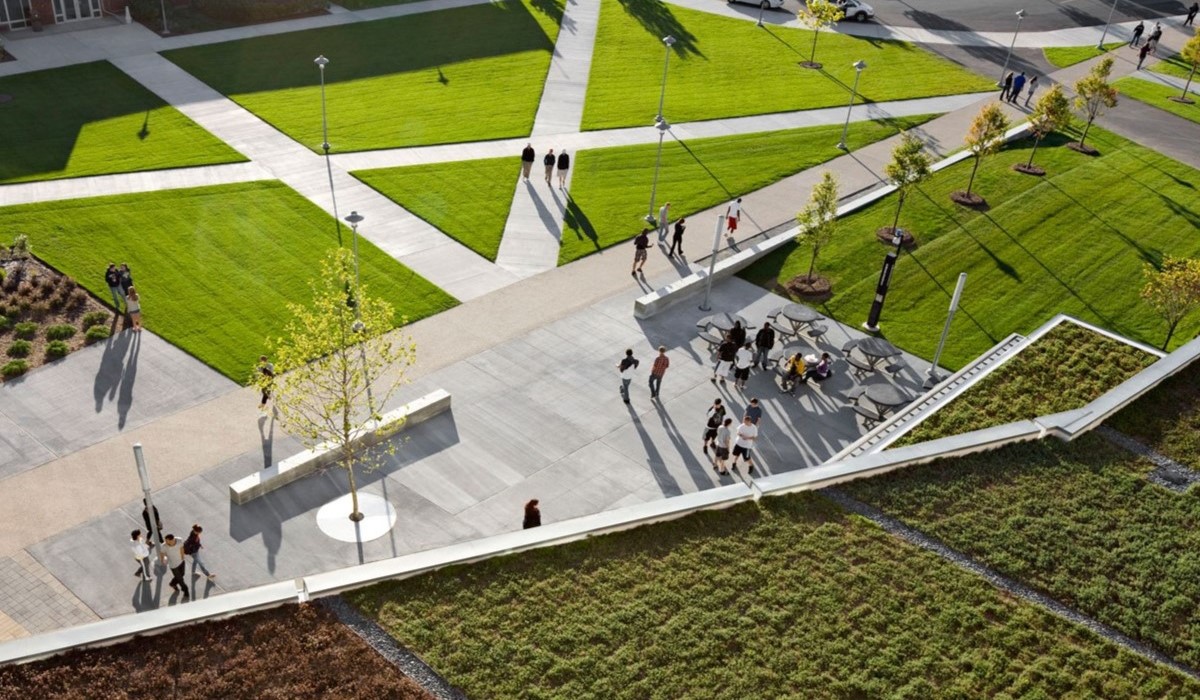

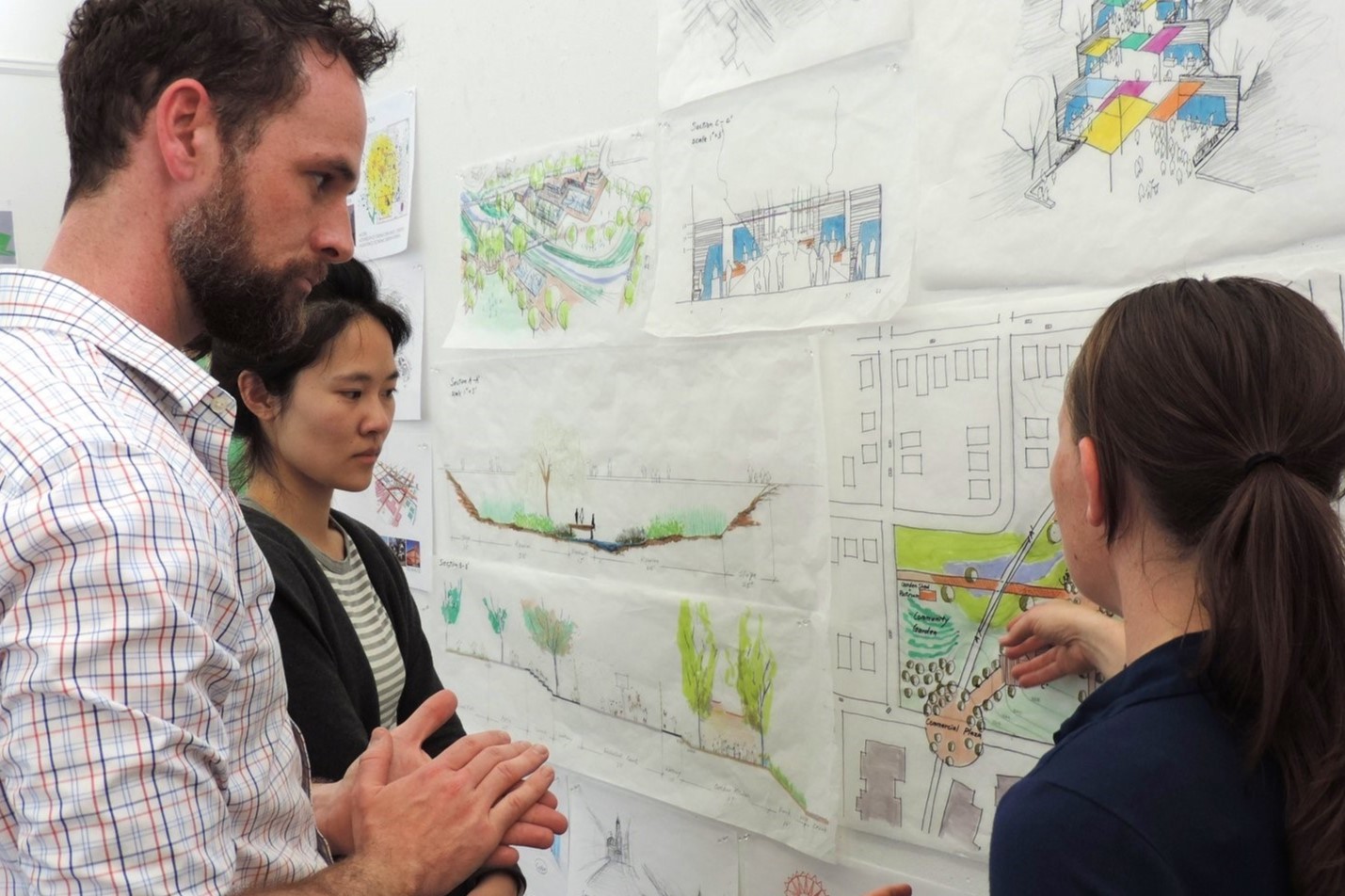


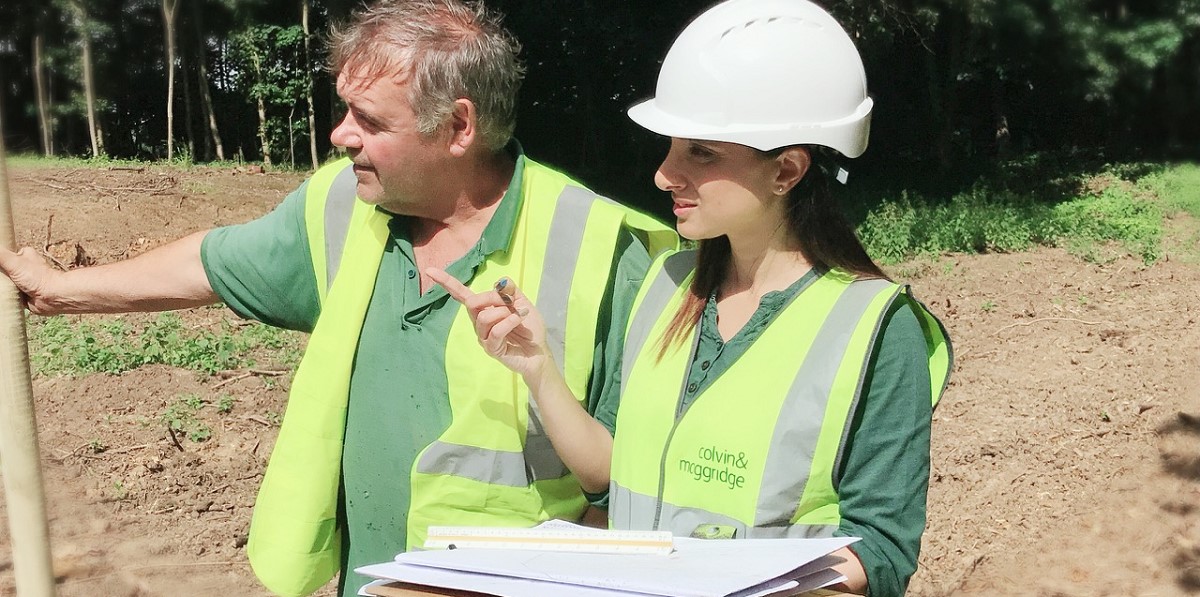

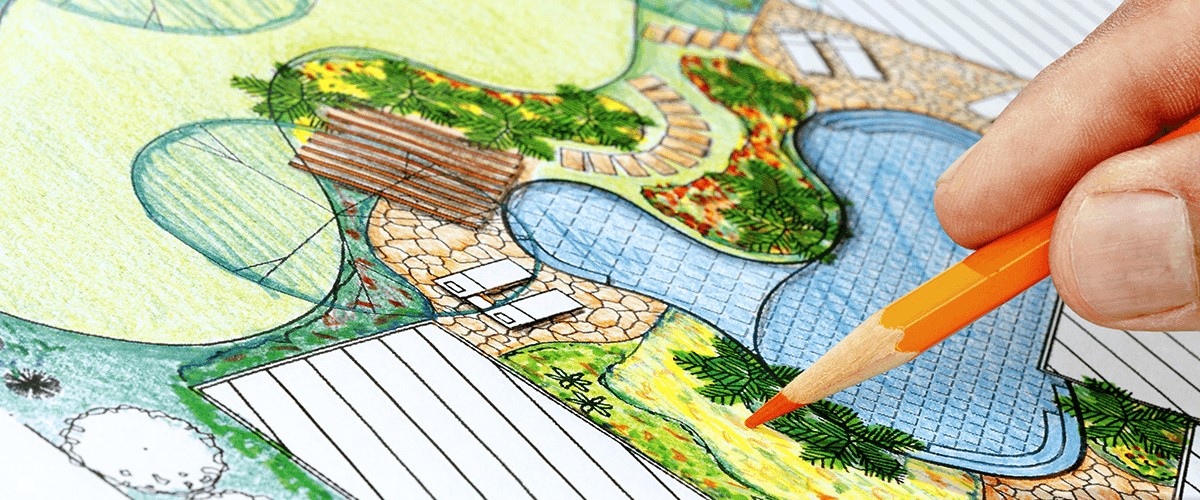




0 thoughts on “What Education Is Required To Be A Landscape Architect”